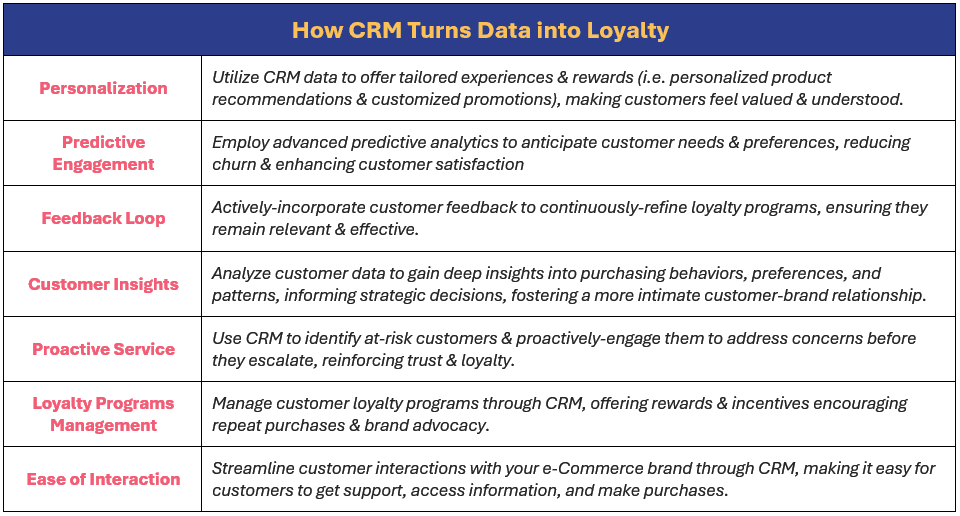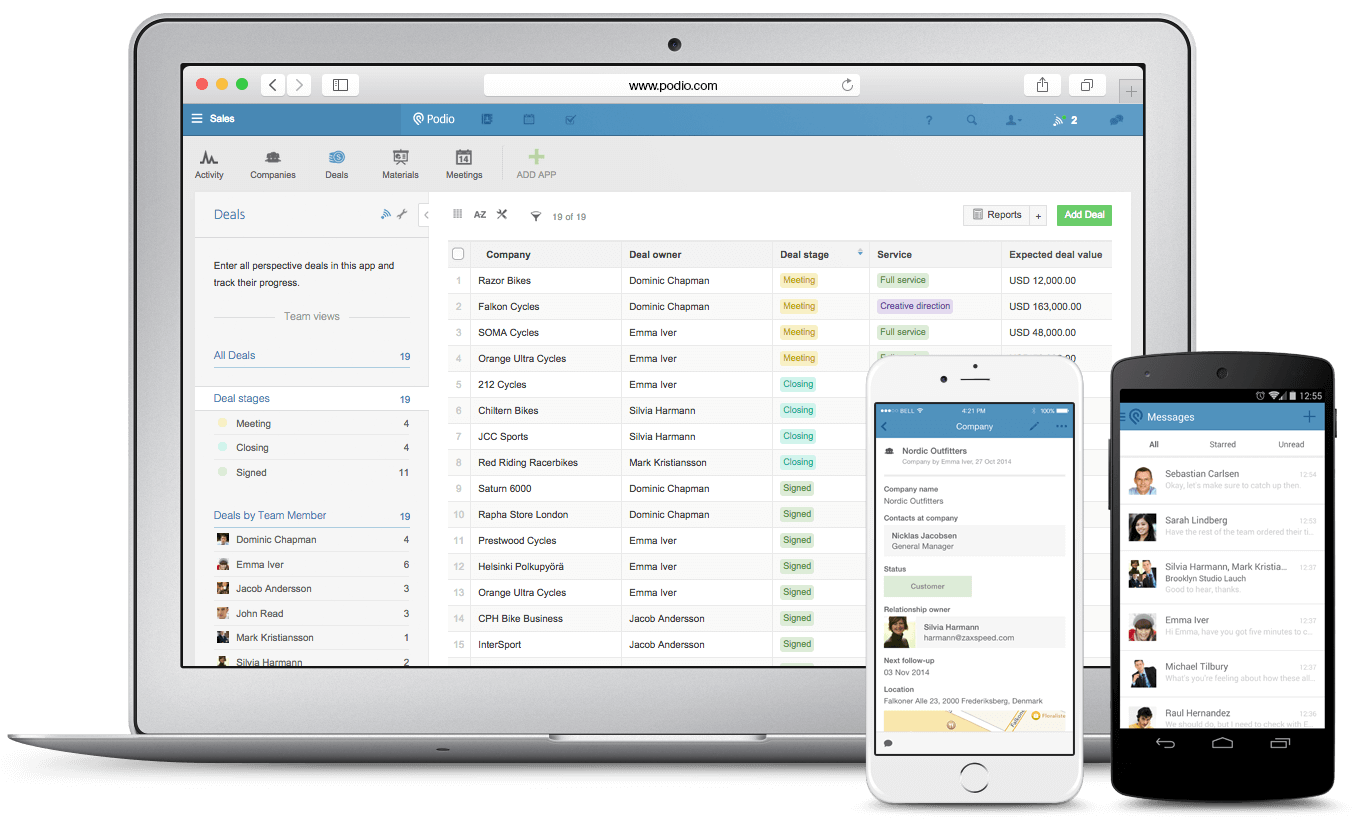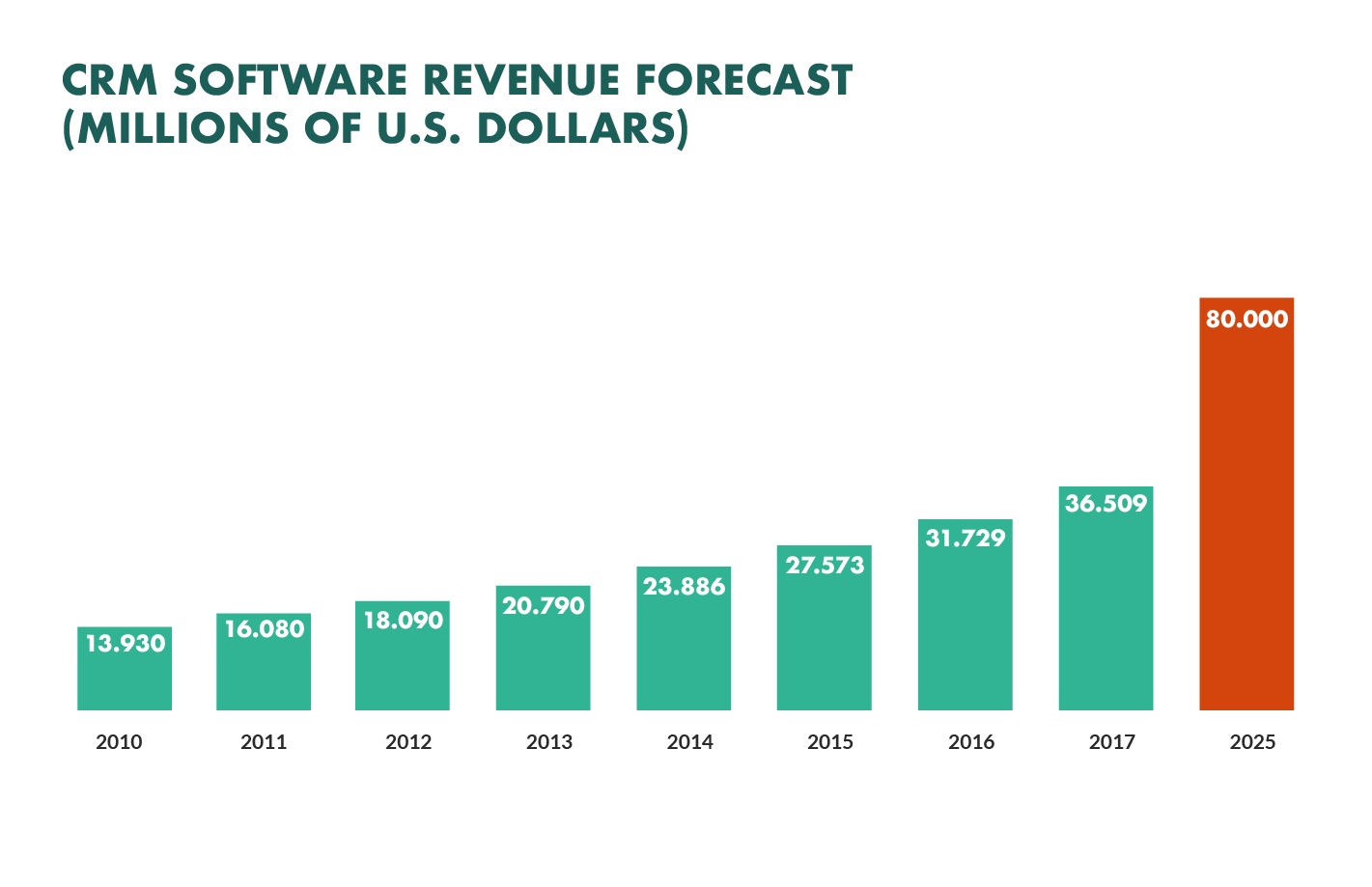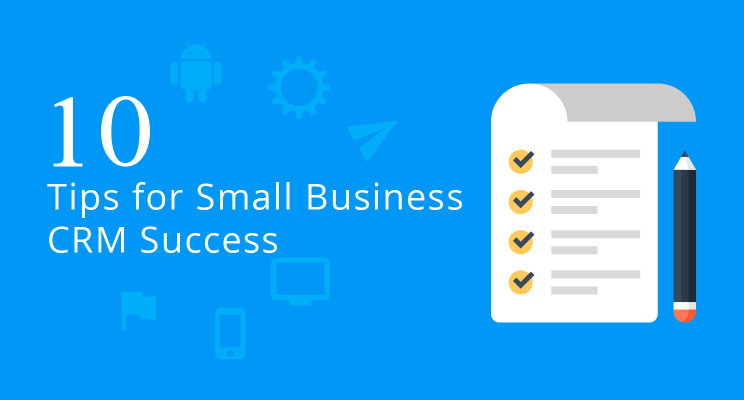
Unlocking Customer Loyalty: A Deep Dive into CRM, Marketing, and Rewards Programs
In the ever-evolving landscape of business, one thing remains constant: the pursuit of customer loyalty. It’s the bedrock upon which sustainable growth is built. Acquiring new customers is vital, but retaining existing ones is often more cost-effective and significantly contributes to long-term success. But how do you cultivate this precious loyalty? The answer lies in a powerful synergy: CRM (Customer Relationship Management) systems, strategic marketing initiatives, and compelling loyalty rewards programs. This comprehensive guide will delve into each of these components, exploring how they intertwine to create a loyal customer base that fuels your business’s prosperity.
The Foundation: Understanding CRM
At the heart of any successful customer loyalty strategy is a robust CRM system. Think of it as the central nervous system of your customer relationships. It’s where you gather, organize, and analyze all the data related to your customers, providing invaluable insights into their behaviors, preferences, and needs. Without a solid CRM, you’re essentially navigating blindfolded in the complex world of customer interactions.
What is a CRM?
A CRM system is a software solution designed to manage all your interactions with current and potential customers. It’s more than just a contact list; it’s a comprehensive platform that encompasses various functionalities, including:
- Contact Management: Storing and organizing customer information, such as contact details, purchase history, and communication logs.
- Lead Management: Tracking potential customers through the sales pipeline, from initial contact to conversion.
- Sales Automation: Automating repetitive sales tasks, such as email follow-ups and quote generation.
- Marketing Automation: Automating marketing campaigns, such as email newsletters and targeted promotions.
- Customer Service: Managing customer inquiries, complaints, and support requests.
- Reporting and Analytics: Providing insights into customer behavior, sales performance, and marketing effectiveness.
Why is CRM Crucial for Loyalty?
CRM systems are the backbone of customer loyalty because they enable you to:
- Personalize Customer Experiences: By understanding your customers’ preferences and purchase history, you can tailor your interactions and offers to their specific needs. This level of personalization fosters a sense of value and appreciation, making customers feel understood and valued.
- Improve Customer Service: CRM systems provide a centralized view of customer interactions, allowing your support team to quickly access information and resolve issues efficiently. Happy customers are loyal customers.
- Identify and Segment Customers: CRM allows you to segment your customer base based on various criteria, such as demographics, purchase history, and engagement levels. This segmentation enables you to target specific groups with relevant marketing messages and rewards.
- Track Customer Interactions: CRM systems track every interaction a customer has with your business, from website visits to phone calls. This data provides valuable insights into customer behavior and helps you identify areas for improvement.
- Predict Customer Behavior: CRM data can be used to predict future customer behavior, such as churn risk or potential for upselling and cross-selling. This predictive capability allows you to proactively address customer needs and prevent them from leaving.
The Power of Marketing in Fostering Loyalty
While CRM provides the foundation, marketing is the engine that drives customer engagement and loyalty. It’s about creating compelling experiences that resonate with your target audience and build a strong emotional connection with your brand. Effective marketing goes beyond simply promoting products or services; it’s about building relationships and providing value.
Marketing Strategies for Loyalty
Several marketing strategies can be employed to cultivate customer loyalty:
- Content Marketing: Creating valuable and informative content that educates, entertains, and engages your target audience. This could include blog posts, articles, videos, infographics, and more.
- Email Marketing: Sending targeted email campaigns to nurture leads, promote products, and provide exclusive offers. Email marketing remains one of the most effective channels for building customer relationships.
- Social Media Marketing: Engaging with your audience on social media platforms, sharing valuable content, and responding to customer inquiries. Social media provides a direct line of communication with your customers.
- Personalized Recommendations: Using customer data to recommend products or services that are relevant to their interests and needs. This personalized approach enhances the customer experience and increases the likelihood of repeat purchases.
- Loyalty Programs: Implementing a loyalty program to reward customers for their repeat business and encourage them to continue interacting with your brand. (More on this below!)
- Customer Feedback and Surveys: Actively soliciting customer feedback through surveys and other channels to understand their needs and identify areas for improvement. This demonstrates that you value their opinions.
- Exclusive Offers and Promotions: Providing exclusive discounts, promotions, and early access to new products or services for loyal customers. This makes them feel valued and appreciated.
The Role of Marketing Automation
Marketing automation tools play a crucial role in streamlining your marketing efforts and improving efficiency. These tools allow you to automate repetitive tasks, such as email campaigns and social media posting, freeing up your time to focus on more strategic initiatives. They also enable you to personalize your marketing messages and track the performance of your campaigns, providing valuable data for optimization.
The Sweet Spot: Loyalty Rewards Programs
Now, let’s talk about the pièce de résistance – loyalty rewards programs. These programs are the cornerstone of many successful customer loyalty strategies, acting as a tangible expression of appreciation for customer patronage. They provide incentives for repeat business and encourage customers to engage more deeply with your brand. A well-designed loyalty program is a win-win: it rewards customers for their loyalty while simultaneously driving revenue and strengthening customer relationships.
Types of Loyalty Rewards Programs
There’s no one-size-fits-all approach to loyalty programs. The best program for your business will depend on your industry, target audience, and business goals. Here are some common types:
- Points-Based Programs: Customers earn points for every purchase they make, which they can then redeem for rewards, such as discounts, free products, or exclusive experiences. This is a popular and versatile option.
- Tiered Programs: Customers are placed into different tiers based on their spending or engagement levels. Each tier offers increasing levels of rewards and benefits, motivating customers to move up the ranks.
- Paid Programs: Customers pay a fee to join the loyalty program and receive exclusive benefits, such as free shipping, early access to sales, or personalized services. This model works well for businesses that offer high-value products or services.
- Gamified Programs: Incorporating game-like elements, such as challenges, badges, and leaderboards, to make the loyalty program more engaging and fun. This can boost customer participation and excitement.
- Referral Programs: Rewarding customers for referring new customers to your business. This is a cost-effective way to acquire new customers and expand your reach.
- Cashback Programs: Customers earn a percentage of their purchases back in the form of cash or store credit. This is a straightforward and appealing incentive.
Key Elements of a Successful Loyalty Program
To create a loyalty program that truly resonates with your customers, consider these key elements:
- Easy to Understand: The program should be simple and easy for customers to understand and participate in. Complexity can deter customers from joining.
- Relevant Rewards: The rewards should be desirable and relevant to your target audience. Think about what your customers would find valuable.
- Achievable Goals: The earning and redemption thresholds should be realistic and attainable, encouraging customers to participate.
- Personalization: Tailor the program to individual customer preferences and behaviors. Personalization makes the program feel more valuable.
- Seamless Integration: Integrate the loyalty program with your CRM system and other marketing channels for a seamless customer experience.
- Regular Communication: Communicate regularly with your customers about their progress in the program, new rewards, and exclusive offers. Keep them engaged!
- Mobile-Friendly: Ensure your loyalty program is accessible on mobile devices, as many customers prefer to interact with businesses on their phones.
- Data-Driven Optimization: Continuously track the performance of your loyalty program and make adjustments based on customer behavior and feedback.
Integrating CRM, Marketing, and Loyalty Rewards
The true power of customer loyalty lies in the seamless integration of CRM, marketing, and loyalty rewards programs. It’s a synergistic approach where each component amplifies the effectiveness of the others.
How They Work Together
Here’s how these three elements work in harmony:
- CRM Provides the Data: Your CRM system provides the data you need to understand your customers, including their purchase history, preferences, and behaviors.
- Marketing Drives Engagement: Your marketing efforts, such as email campaigns, social media promotions, and personalized recommendations, drive customer engagement and build brand awareness.
- Loyalty Program Rewards Behavior: Your loyalty program rewards customers for their engagement and repeat purchases, encouraging them to continue interacting with your brand.
- CRM Tracks Program Performance: Your CRM system tracks the performance of your loyalty program, providing insights into customer participation, redemption rates, and the overall impact on revenue.
- Marketing Optimizes the Program: Your marketing team uses the data from the CRM to optimize the loyalty program, making adjustments to rewards, offers, and communication strategies.
Practical Examples
Let’s look at some real-world examples of how these components work together:
- Example 1: A Retail Clothing Store: A customer purchases a new dress from a clothing store. The CRM captures the purchase data. The customer receives an email from the marketing team, thanking them for their purchase and suggesting complementary items based on their past purchases. The customer is also enrolled in the store’s loyalty program and earns points for their purchase. As they accumulate points, they receive exclusive discounts and early access to sales. This entire process, from purchase to rewards, is orchestrated by the seamless integration of the CRM, marketing, and loyalty program.
- Example 2: An Online Subscription Service: A customer subscribes to a streaming service. The CRM tracks their subscription details and usage patterns. The marketing team sends personalized recommendations based on their viewing history. The customer is automatically enrolled in a tiered loyalty program, where they earn rewards for watching content, referring friends, and staying subscribed. The CRM tracks their progress and sends them personalized communications, keeping them engaged and reducing churn.
- Example 3: A Coffee Shop: A customer frequently visits their local coffee shop. The CRM tracks their purchase history and preferences. The coffee shop uses a mobile app with a loyalty program. Each purchase earns the customer points. The marketing team sends personalized offers based on their usual orders. The customer receives a notification for a free drink on their birthday. The CRM, the loyalty app, and the marketing efforts work together to provide a personalized and rewarding experience, encouraging the customer to return.
Measuring the Success of Your Loyalty Strategy
It’s not enough to simply implement a CRM, launch marketing campaigns, and offer a loyalty program. You need to measure the results to understand what’s working and what’s not. Key performance indicators (KPIs) provide valuable insights into the effectiveness of your loyalty strategy.
Key Metrics to Track
- Customer Retention Rate: The percentage of customers who remain customers over a specific period. This is a critical indicator of loyalty.
- Customer Churn Rate: The percentage of customers who stop doing business with you over a specific period. This helps you identify areas for improvement.
- Customer Lifetime Value (CLTV): The predicted revenue a customer will generate throughout their relationship with your business. This helps you assess the long-term value of your customers.
- Repeat Purchase Rate: The percentage of customers who make multiple purchases. This indicates the effectiveness of your loyalty efforts.
- Average Order Value (AOV): The average amount spent per order. This can increase with effective cross-selling and upselling strategies, often facilitated by CRM insights.
- Loyalty Program Enrollment Rate: The percentage of customers who join your loyalty program.
- Loyalty Program Redemption Rate: The percentage of loyalty points or rewards that are redeemed. This indicates the engagement with the program.
- Net Promoter Score (NPS): A measure of customer loyalty and willingness to recommend your business to others.
- Customer Satisfaction (CSAT): A measure of how satisfied customers are with your products or services.
- Cost of Customer Acquisition (CAC): The cost of acquiring a new customer.
- Return on Investment (ROI) of Loyalty Program: The profitability of your loyalty program, calculated by comparing the revenue generated by the program to its cost.
Tools for Measuring Success
Various tools can help you track and measure the success of your loyalty strategy:
- CRM System: Your CRM system provides valuable data and analytics on customer behavior, sales performance, and loyalty program participation.
- Marketing Automation Platform: Your marketing automation platform provides data on email open rates, click-through rates, and conversion rates.
- Loyalty Program Software: Your loyalty program software provides data on customer enrollment, redemption rates, and program performance.
- Web Analytics Tools: Tools like Google Analytics provide data on website traffic, conversions, and customer behavior.
- Customer Survey Tools: Tools like SurveyMonkey or Qualtrics allow you to collect customer feedback and measure customer satisfaction.
Challenges and Considerations
While the combination of CRM, marketing, and loyalty rewards offers a powerful path to customer loyalty, it’s not without its challenges. Understanding these potential hurdles can help you develop strategies to overcome them.
Common Challenges
- Data Privacy and Security: Protecting customer data is paramount. You must comply with all relevant data privacy regulations, such as GDPR and CCPA.
- Data Silos: Ensuring that data is shared seamlessly across your CRM, marketing automation, and loyalty program platforms can be challenging.
- Program Complexity: Designing a loyalty program that is too complex can confuse and deter customers.
- Lack of Personalization: Failing to personalize your marketing messages and rewards can make customers feel like they’re just another number.
- Poor Integration: If your CRM, marketing automation, and loyalty program platforms are not well-integrated, you may miss opportunities to provide a seamless customer experience.
- Measuring ROI: Accurately measuring the ROI of your loyalty program can be complex.
- Customer Expectations: Customers’ expectations for personalized experiences and rewards are constantly rising.
- Competition: The competitive landscape is fierce, and you need to differentiate your loyalty program to stand out.
Best Practices
To mitigate these challenges, consider these best practices:
- Invest in a Robust CRM: Choose a CRM system that meets your business needs and integrates seamlessly with your other platforms.
- Prioritize Data Privacy: Implement robust data security measures and comply with all relevant data privacy regulations.
- Focus on Personalization: Use customer data to personalize your marketing messages, offers, and rewards.
- Keep it Simple: Design a loyalty program that is easy for customers to understand and participate in.
- Integrate Your Platforms: Ensure that your CRM, marketing automation, and loyalty program platforms are well-integrated.
- Continuously Analyze and Optimize: Regularly track the performance of your loyalty strategy and make adjustments based on customer behavior and feedback.
- Stay Customer-Centric: Always put your customers’ needs and preferences first.
- Embrace Innovation: Stay up-to-date with the latest trends in CRM, marketing, and loyalty rewards programs.
Conclusion: Building a Loyal Customer Empire
Cultivating customer loyalty is a journey, not a destination. It requires a strategic and integrated approach that combines the power of CRM, marketing, and loyalty rewards programs. By leveraging these three components effectively, you can build a loyal customer base that fuels your business’s long-term success.
Remember, loyalty is earned, not bought. It’s built on trust, value, and a genuine commitment to your customers. By understanding their needs, providing exceptional experiences, and rewarding their patronage, you can create a loyal customer empire that will thrive for years to come.
So, take the time to assess your current strategies. Are you leveraging the power of CRM to understand your customers? Are you creating compelling marketing campaigns that resonate with their needs? Are you rewarding their loyalty with a program that truly delivers value? If the answer to any of these questions is no, now is the time to act. The future of your business may very well depend on it.
By implementing the strategies outlined in this guide, you can build a powerful engine for customer loyalty, driving repeat business, increasing revenue, and creating a lasting competitive advantage. Embrace the power of CRM, marketing, and loyalty rewards, and watch your business flourish.


